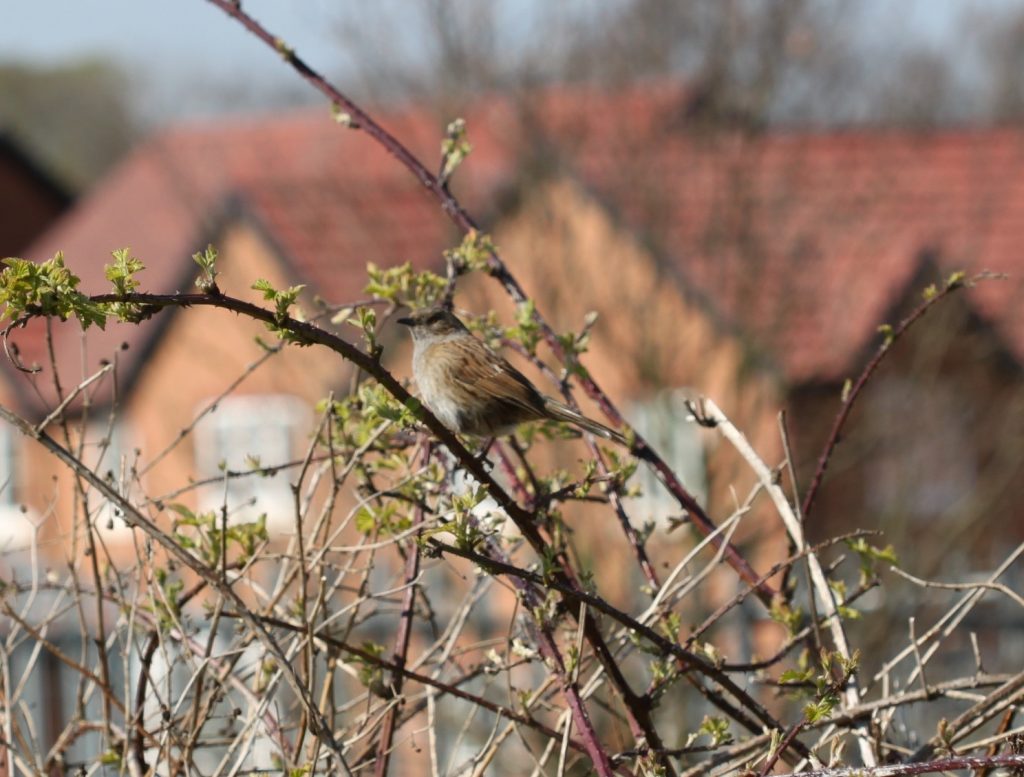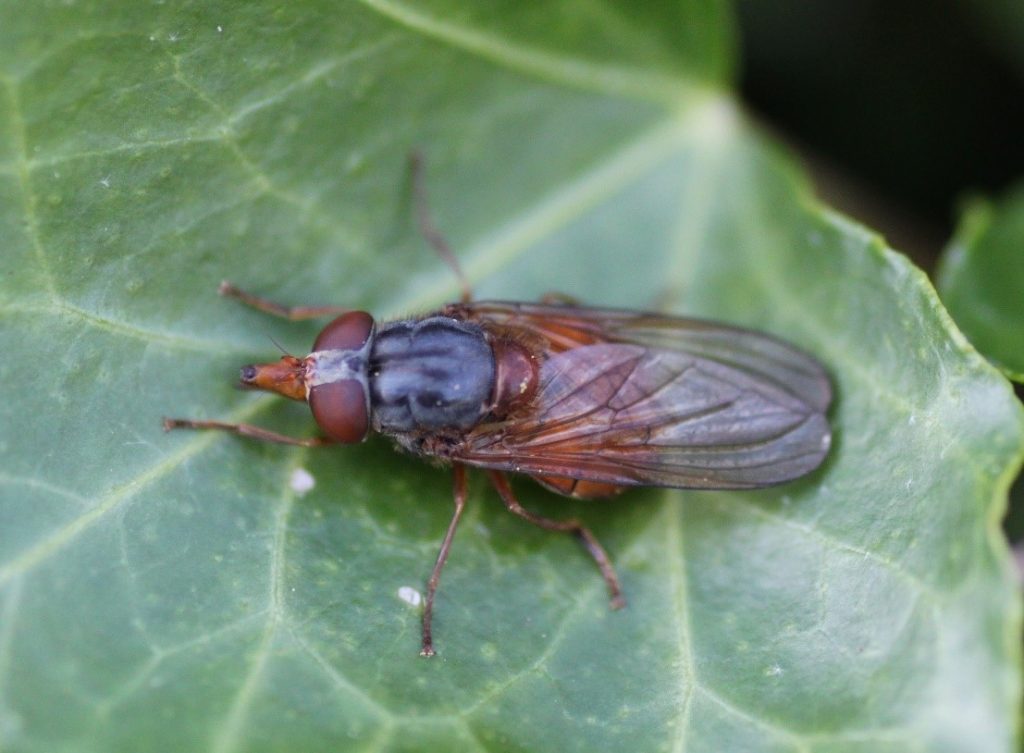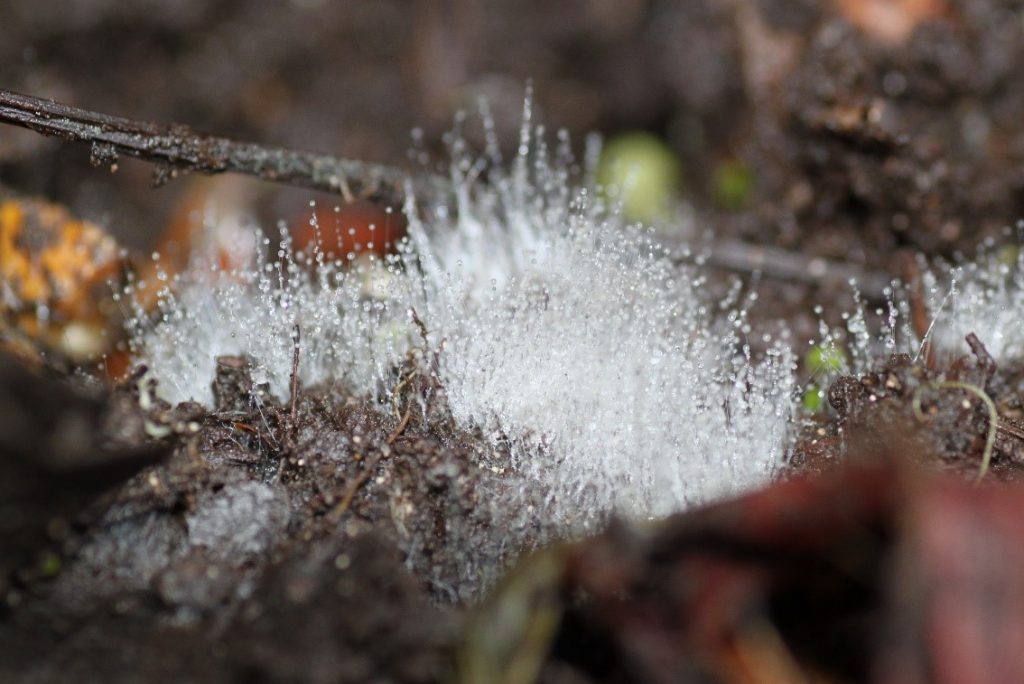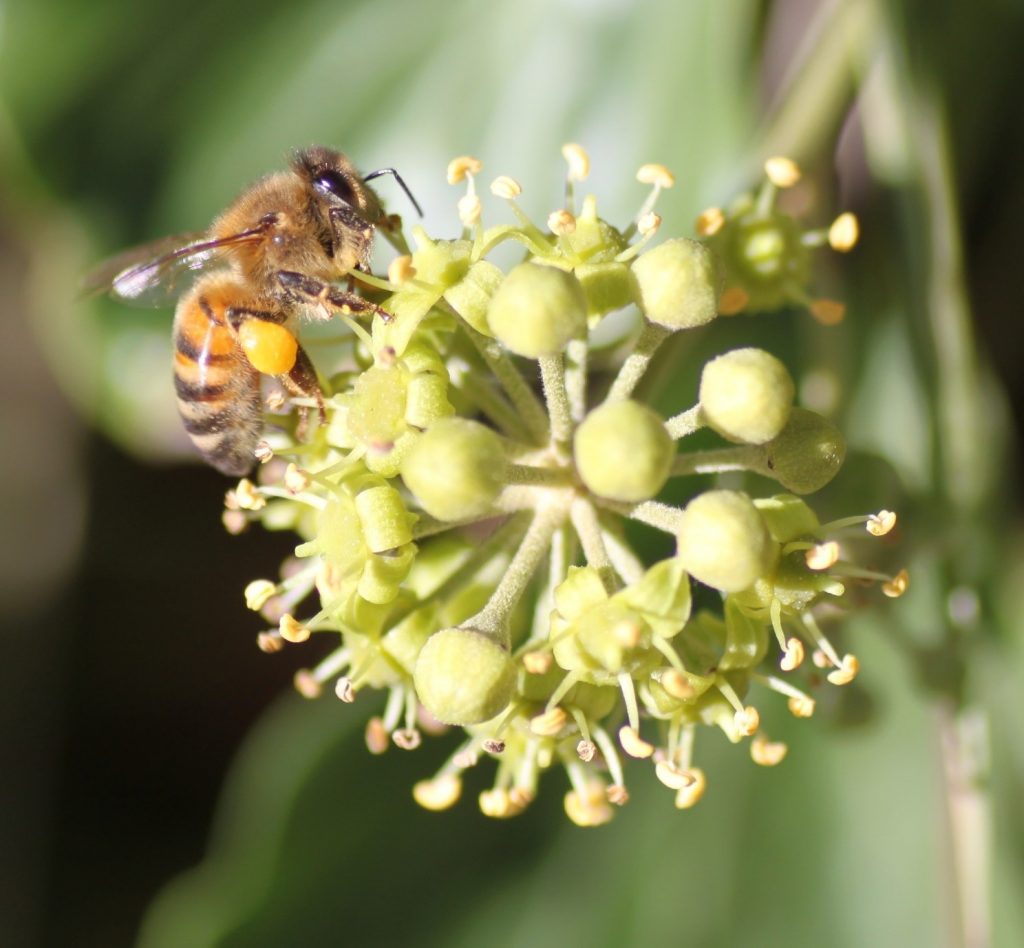by Dr Dave Skingsley (aka the ‘bugbotherer’)
 With summer started (honestly!) many people turn to the public green spaces around them (such as gardens, parks, towpaths, the moorlands) for a place in which to relax. It’s only then, when listening to the natural world, that people become aware of the background buzz of the workers toiling in these places. The question many are now asking (Hallman et al 2017) is has that noise become quieter? The evidence is mounting that there are fewer insects in the ‘wilder spaces’ but that private green spaces such as home gardens provide places where insects (and I must admit to favouritism here) can call home, or a workplace. Just a quick search of the internet shows most of the wildlife charities (links below) recognise the value of garden green spaces and the needs to, just ever so slightly, rewild them.
With summer started (honestly!) many people turn to the public green spaces around them (such as gardens, parks, towpaths, the moorlands) for a place in which to relax. It’s only then, when listening to the natural world, that people become aware of the background buzz of the workers toiling in these places. The question many are now asking (Hallman et al 2017) is has that noise become quieter? The evidence is mounting that there are fewer insects in the ‘wilder spaces’ but that private green spaces such as home gardens provide places where insects (and I must admit to favouritism here) can call home, or a workplace. Just a quick search of the internet shows most of the wildlife charities (links below) recognise the value of garden green spaces and the needs to, just ever so slightly, rewild them.
All of these charities recognise some key ideas to help insects and thus all the other creatures (including humans).
So what can you do with the space outside your house, flat, parking lot.
Try some of these approaches
Bird boxes
These offer shelter and spaces for those nesting places lost to tree felling and hedgerow removal. Birds, and all the other wildlife would prefer the hedgerows and trees but if they have been lost where could they go? Old bird boxes are often colonised by bees. Check out the RSPB’s advice on creating a wildlife-friendly garden.
 Dunnock on Bramble
Dunnock on Bramble
Let the grass grow
This provides a ‘microhabitat’ in your garden where wildlife can go and hide during the day. It can also provide a food source. Have a look at the National Trust’s article on 9 ways to build a wildlife friendly garden.

Burnet Moth caterpillar
Grow climbers
In effect you are making your garden into a 3D space. Look at the benefit ‘green walls’ can do to the reduction of urban pollution and provide spaces for wildlife to hide away.

Rhingia rostrata in Ivy where it uses the ivy to bask
Insect hotel
A classic way of giving space to the workers that pollinate your garden.

Pond
Possibly the most important addition to a garden in terms of increasing the diversity of wildlife you may encounter.

Frog spawn in a garden pond
Compost
In areas where you can allow this to take place a pile of grass can become a nursery to slow worms and grass snakes. https://www.gardenersworld.com/how-to/maintain-the-garden/attract-wildlife-with-a-compost-heap/

Compost fungus
Fence gaps
Share your good fortune with neighbours and create a bigger space for wildlife.
Flowers (and yes weeds as well)
If you go to a garden centre have a look at the flowers that bees are visiting.

Honeybee on Ivy flowers
Each year I help organise the Staffordshire Invertebrate Science Day where you can come and talk to experts about how you can help invertebrates in your garden. I declare an interest in this Great Book (Plants for Bees: A Guide to the Plants That Benefit the Bees of the British Isles by William D.J. Kirk, F. N. Howes) as it has some of my pictures in it. But you will find that it is not just bees these plants will get attracted to your garden 🙂
Hallmann Sorg, Jongejans, Siepel, Hofland, Schwan, Stenmans, Müller, Sumser, Hörren, Goulson, and de Kroon. More than 75 percent decline over 27 years in total flying insect biomass in protected areas. PlosOne Oct 18 (2017) https://doi.org/10.1371/journal.pone.0185809
Dave Goulson’s recent publication, The Garden Jungle: Or Gardening to Save the Planet, explores the benefits of wildlife gardening.

